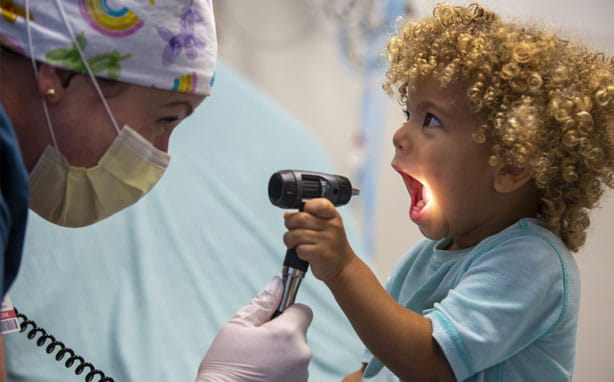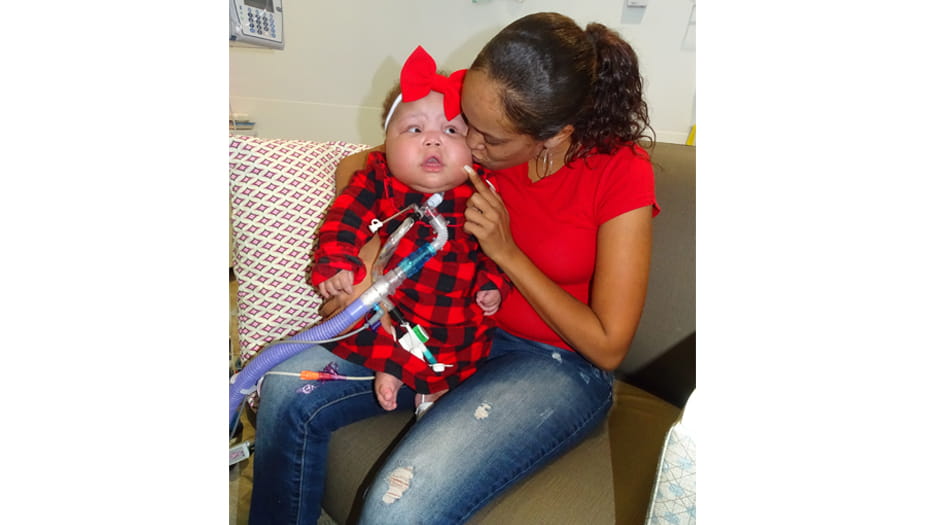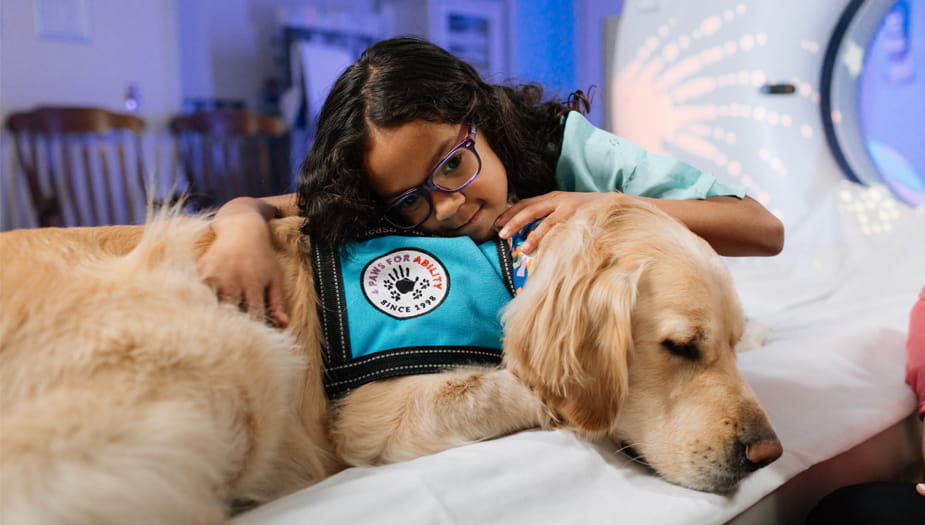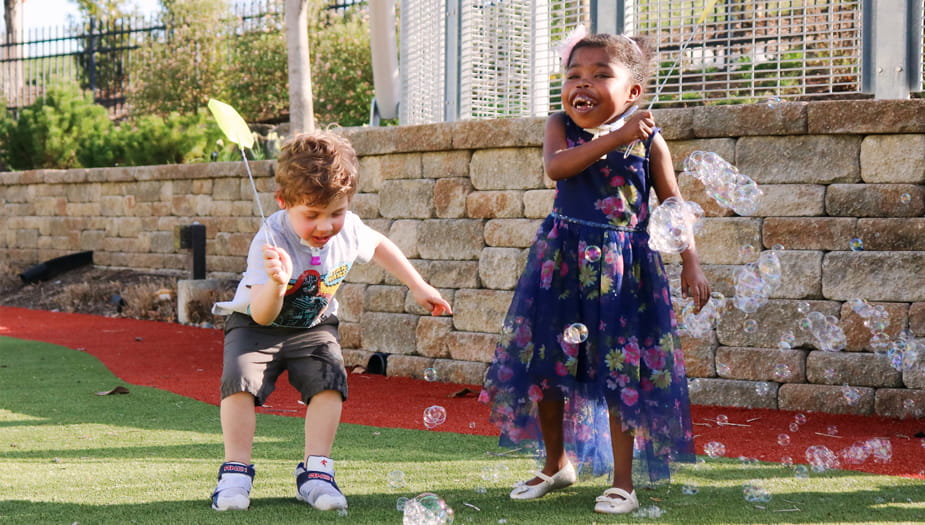
Children's Hospitals Today
Solutions for a Sustainable Workforce
Learn how children's hospitals and health systems are addressing workforce challenges through innovative initiatives and sustainable strategies.
Learn MoreChampions for Children's Health
Children’s hospitals are essential providers, setting the standard for the highest quality pediatric care.
Showcase Your Organization in Our New Photo Collection
Help CHA tell the story of children’s hospitals and health systems by submitting your organization’s photos to our new photo collection.
Bringing People and Data Together
Learn how Children's Hospital Association's data tools can provide new insights into your organization.
Children's Hospitals Make Life's Moments Possible
From comprehensive care to treatment for complex conditions, children’s hospitals make it possible for kids and their families to experience the important moments.
Who we are
Ensure a healthier future for all children
Build awareness of children’s health and health care needs and how they are different.
Find solutions to challenges
Drive improvements in pediatric health care, child health outcomes and reductions in costs to the health care system.
Advance change in policies
Facilitate collaboration among children’s hospitals across the nation to work together as champions for children’s health.
Elevate children’s hospitals and health systems
Promote children’s hospitals as a critical resource in their communities and nationally.
Hospital Directory
We are a membership association of children’s hospitals, health systems and related organizations that care for children in their communities and beyond.





